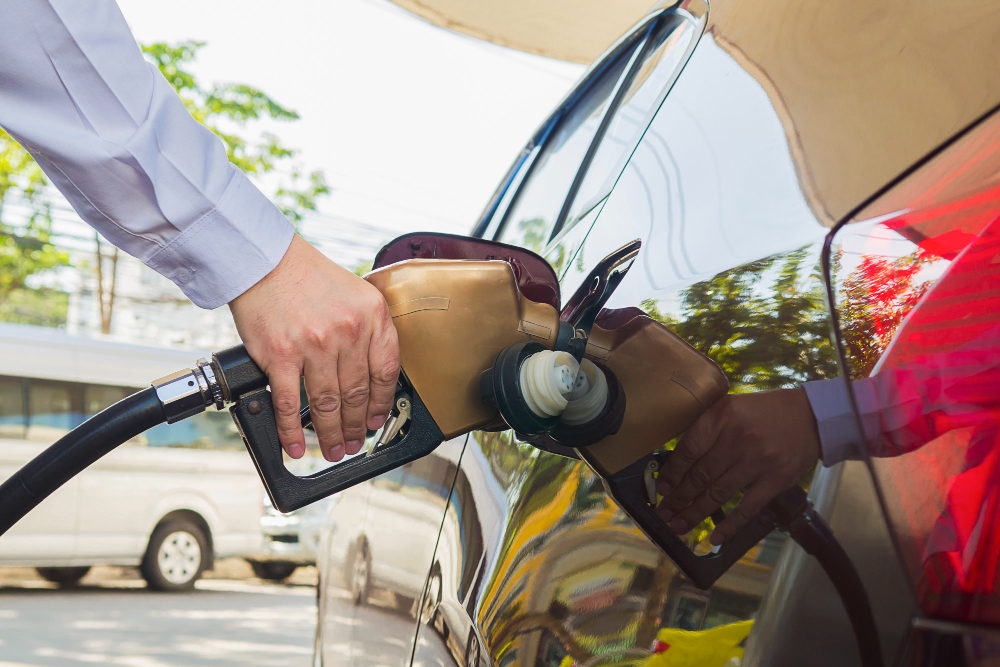In any combustion engine, efficient fuel delivery is crucial for optimal performance, fuel economy, and emissions control. One of the key components responsible for this is the fuel nozzle. Though small in size, it plays a critical role in the engine’s operation, influencing everything from combustion efficiency to power output.
In this blog, we’ll explore what a fuel nozzle is, its primary functions, different types, and how to maintain or troubleshoot issues related to it.
What Is a Fuel Nozzle?
A fuel nozzle (also known as a fuel injector nozzle) is a precision-engineered component that delivers fuel into the engine’s combustion chamber. Its main job is to atomize fuel – breaking it into fine droplets – and ensure it mixes thoroughly with air for efficient combustion.
In diesel and gasoline engines alike, the nozzle ensures that the fuel is delivered at the correct pressure, angle, and spray pattern to optimize performance.
Key Functions of a Fuel Nozzle
- Atomization of Fuel: Converts liquid fuel into a fine mist for better combustion.
- Fuel Metering: Controls the quantity of fuel injected based on engine requirements.
- Injection Timing: Ensures fuel enters the chamber at the right moment in the engine cycle.
- Spray Pattern Control: Delivers fuel in specific patterns to reach all areas of the combustion chamber evenly.
Types of Fuel Nozzles
Different engines use different types of fuel nozzles depending on the design, fuel type, and required performance characteristics. Common types include:
1. Single-Hole Nozzle
- Has one orifice for fuel delivery.
- Used in low-speed engines.
- Simpler design, but limited in atomization quality.
2. Multi-Hole Nozzle
- Contains multiple holes for better fuel dispersion.
- Common in modern diesel engines.
- Improves combustion efficiency and reduces emissions.
3. Pintle Nozzle
- Features a needle or pintle that helps control spray.
- Often used in small engines and older systems.
- Reduces carbon deposits due to self-cleaning action.
4. Pintaux Nozzle
- A variation of the pintle nozzle with auxiliary holes.
- Used in engines requiring smooth cold starts.
Importance of a Properly Functioning Fuel Nozzle
A worn, clogged, or damaged nozzle can lead to several engine issues:
- Poor fuel economy
- Rough idling or misfires
- Increased exhaust smoke
- Loss of power
- Hard starting or stalling
Timely inspection and maintenance are essential to prevent performance loss and costly repairs.
Maintenance and Troubleshooting Tips
- Regular Cleaning: Clean nozzles using approved solvents or ultrasonic cleaning methods to remove carbon build-up.
- Fuel Quality: Always use clean, high-quality fuel to reduce clogging and wear.
- Filter Maintenance: Replace fuel filters as per manufacturer guidelines to protect the nozzle.
- Check Spray Pattern: Periodically test the nozzle spray pattern with a test bench or diagnostic tools.
- Replace When Worn: If the nozzle is cracked, worn, or leaking, replacement is often the most effective solution.
Final Thoughts
Though small and often overlooked, the fuel nozzle is a vital part of any combustion engine. Its role in ensuring proper atomization and fuel delivery makes it central to the efficiency, reliability, and performance of your engine. Whether you’re dealing with marine engines, diesel generators, or automotive systems, understanding and maintaining your fuel nozzles can save fuel, reduce emissions, and extend engine life.


